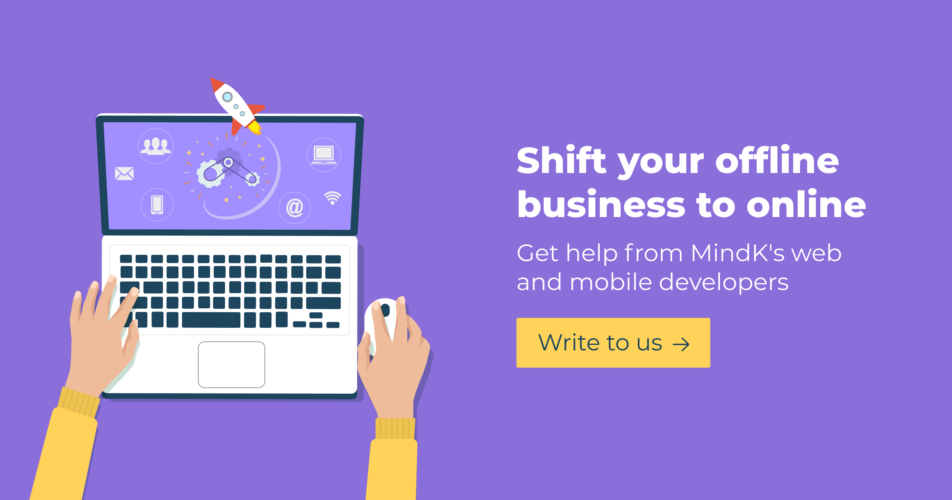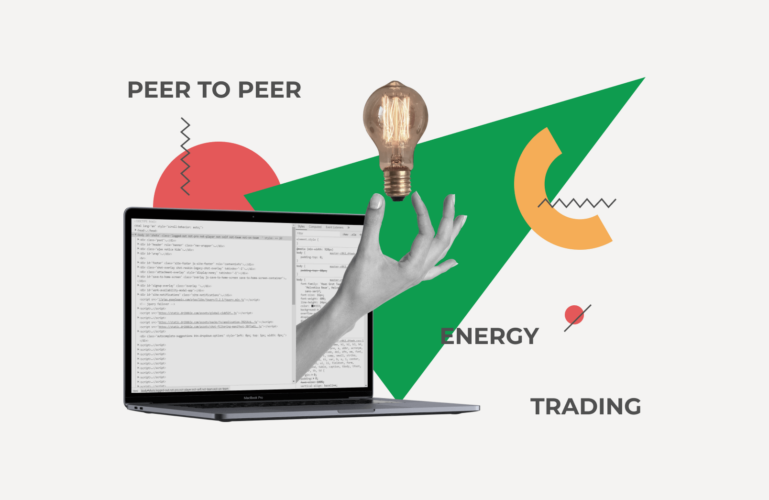Recruiting is no longer about filling vacant positions, it is about improving business performance by attracting the best people. Most companies admit that attracting quality staff today is even more important than the company’s capital or strategy.
We know that fighting competition in the job market today is not an easy task. We have created several custom applications to boost efficiency in recruitment companies and know the areas of concern.
Today as many as 82% of companies don’t believe they recruit highly talented staff. Thus, to compete for top talents, businesses are forced to automate some of the processes to adapt fast and get ready for future pressures.
Common challenges of recruiting team solved by workflow automation
Problem 1: Information loss
One of the most common recruitment problems is the loss of a candidate’s data or communication history. The results of this are disappointing, like:
- contacting the same candidate several times and unkept promises;
- inability to restore the refusal cause that leads to reinviting
- unsuitable candidates and repeating the mistake;
- inability to create a talent pool;
- storing CV and candidate data on the computer or in a file. By the way, each job offer attracts on average 250 resumes that make the search in such a case almost impossible.
All these issues backfire your company’s HR brand and make candidates drop out of your hiring process. With workflow automation, you are able to create a single base of candidates that allow you to search the candidates relying on various criteria, attach files (CV, portfolio, certificates, etc), save communications history, see all the vacancies the candidate has applied for, comments about the candidate, testing and interview results.
The structure of candidate data is among the priorities during building recruting solutions for our clients. The candidate profiles should be well-structured and updated with relevant information. The consistency of data helps recruiters search and filter candidates to pick relevant experts according to specific characteristics in a couple of clicks. It also allows accessing data anytime and keeps the candidates in the talent pipeline, thereby broadening it.
Problem 2: Planning work over the job offer
If planning over a vacancy in your company takes place in a diary, a file, or an online calendar, and the recruiters participating in the process receive information about required qualifications or a scheduled interview verbally or by email, your recruiting team is at risk.
Such a workflow is quite dangerous. It causes a foggy notion about the number of stages, participants or activities involved in the process. Thus, you risk missing the scheduled interview and spend valuable time informing other members about the updates. It makes you whole process way too long!
While top candidates are usually hired within only 10 days, around 57% of applicants lose interest in a position if the hiring process is too lengthy.
Automation helps you shorten time-to-hire thanks to a transparent and streamlined process. For instance, imagine how much time your recruiters will save if they have a solution to plan the number of stages and deadlines! They can sign up the responsible people at each stage, see data about scheduled events on the dashboard, integrate info with other calendars, receive notifications about position updates and so on.
Problem 3: Sourcing and screening
Do you know that recruiters spend on average 13 hours per week just to source candidates for one position? That is almost two full working days. Сonsidering that most recruiters work on several positions simultaneously, the amount of time spent is impressive. If your HR team is all too aware of this challenge, it’s time to change the way you source and screen the applicants.
If you post open positions on job boards, think about implementing automatic posting on multiple sites from one location, or reaping the benefits of AI algorithms that look for information from many sources.
Talking about AI, the possibilities are huge.
For instance, you can discover behavior patterns and select experts after analyzing their social profiles, or track talent pools and forecast the time when people are likely to change their jobs.
These are only some use cases for how to streamline sourcing and screening processes. Integrations with a third-party systems for CV parsing and analysis is a great option we sometimes use on our projects. It helps select candidates based on job descriptions. Just imagine how much it shortens the hiring process!
Problem 4: Difficulties in communication, sending follow-ups
With a large flow of candidates, sending letters, including job offers and rejections is complicated. Quite often the candidates wait for feedback from the employer for a long time or, what is worse, don’t get it at all.
The Careerbuilder reports that around 66% of applicants aren’t ready to wait longer than 2 weeks for a callback.
It ruins loyalty to the company. In the case of rejection, the candidate doesn’t transform into a company “follower”.
If the system includes letters as an integral part of the communication process with candidates, you won’t be out of touch with anybody.
Problem 5: Lack of analytics
How often does your recruiting team analyse the statistics on closed positions, duration of the hiring process, number of stages required, or effective hiring sources? Unfortunately, in most cases it is done once in a while. This happens for many reasons – from a lack of time to absence or poor tools for effective analytics.
However, you can’t manage what you can’t measure. Since you don’t analyze mistakes and successes, you can’t take them into account in further work. Moreover, you can’t determine the reason why the positions are not closed, what factors influenced faster job closing or where candidates dropped off.
Tracking the most important hiring data gives you the better hand. For example, most of the recruiting platforms developed by MindK involve KPI dashboards, graphs and reports for recruiters and sales managers to track operating results. This way data is represented in easy to understand form and reports provide actionable insights about hiring strategy. It shows exactly what works and what needs to be improved.
I hope the article helped you analyze your present hiring processes and motivated you to fight your challenges of the day. If you found areas in need of improving within your own internal processes, contact us, let’s discuss what we can do for you to shoot your hiring goals in 2021 – and beyond!






